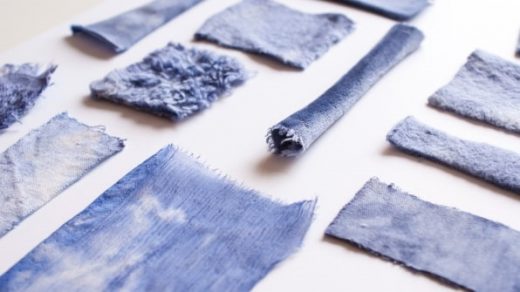These gorgeous colors come from dye made by bacteria, not chemicals
“There’s a joke in China that you can tell the ‘it’ color of the season by looking at the color of the rivers,” Orsola de Castrocan, a fashion designer, says in the 2017 documentary RiverBlue. Pipes running from some apparel factories in China–and Bangladesh and Indonesia and other countries that feed American fast fashion habits–dump red and blue and green wastewater into local streams and rivers. Downstream, people drink the water and eat fish that have been living in it.
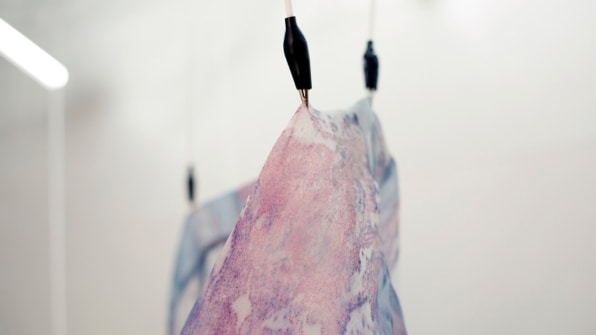
Some brands are working with factories to limit how much dye goes down drains and keep some of the 3,500 chemicals used in the industry out of waterways. But a handful of designers are questioning whether we need to use those chemicals at all, and experimenting with coloring fabric with microbes instead.
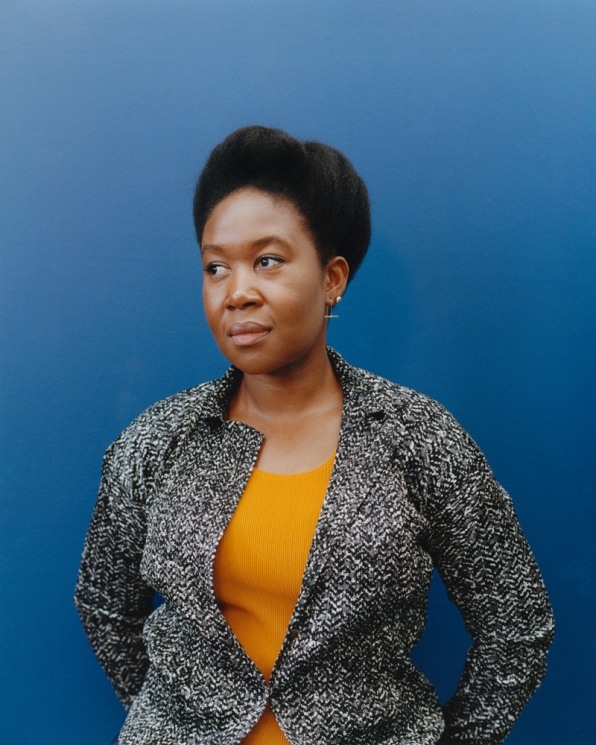
“It became really interesting for me to unpack how biology could start to help us rethink how we think about production of materials and how these materials flow,” says Natsai Audrey Chieza, founder of the U.K.-based biodesign research studio Faber Futures, which launched earlier this year after eight years of academic research at University College London.
In her lab, Chieza works with Streptomyces coelicolor, a bacteria that produces pigment as it grows during its week-long life. “By day three, you’ve got lots of pigment being pumped around its environment, ” she says. “So as a designer, I looked at the environment and said, ‘What if that environment was a textile substrate?’ ”
The microbe naturally changes color based on the pH of the medium it grows inside, so by tweaking that environment, it’s possible to create navy blue, for example, or bright pink. With synthetic biology, Chieza says, it will be possible to program the organism to produce an even fuller range of colors. The whole process uses significantly less water than typical industrial dyeing. Unlike natural dyes, it also doesn’t require the use of agricultural land and pesticides to grow plants to make the dye, and it doesn’t require heavy metals to fix the dye to materials.
Bacterial pigment is biodegradable, but designers still plan to avoid dumping it into water. “We’re looking to create a closed-loop process where there’s no effluent that ends up in waterways,” say Laura Luchtman and Ilfa Siebenhaar, who run a Netherlands-based lab, called Living Colour, that is also experimenting with the process (their lab focuses only on strains of bacteria that naturally produce pigment, and they don’t plan to use genetic engineering; the designers are interested in how working with living organisms can create a new aesthetic of color). “Leftover pigment could also be used for products that require less saturated pigments than textiles.”
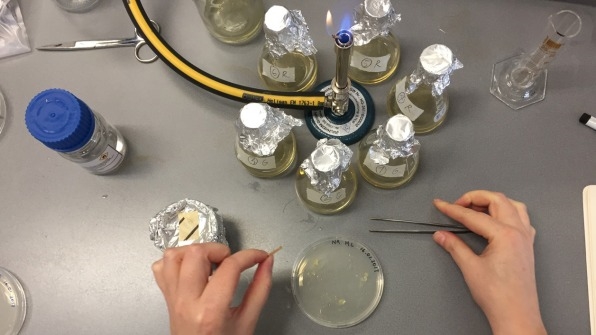
The technology is still at an early stage. Living Colour is beginning to collaborate with small brands and independent designers, but says that working at a larger scale will require more development. “We need a process that can be scaled and that is affordable and safe on a large scale,” say Luchtman and Siebenhaar. “This research requires investments from patient investors that are not just looking to make a quick profit. We are working with scientists to test if our way of working can be scaled. And we need to execute a thorough life-cycle analysis, because we need to make sure that a bacterial dyeing industry doesn’t cause new problems.”

The structure of the clothing industry, and fast fashion in particular, makes it difficult to change industrial processes. “By and large, fashion is limited by its production cycles, and so people don’t tend to have this long-term view around R&D,” says Chieza. Companies tend to be focused on finding the cheapest way to make clothes, not developing technology. “When you’re looking to just buy and integrate something into your supply chain, sometimes I think that’s a limited view of how to make it the best it can be. Imagine a world where fashion companies are actually driving this change and they are investing in it, and they’re seeing themselves less as producers of clothing and more as technology companies.”
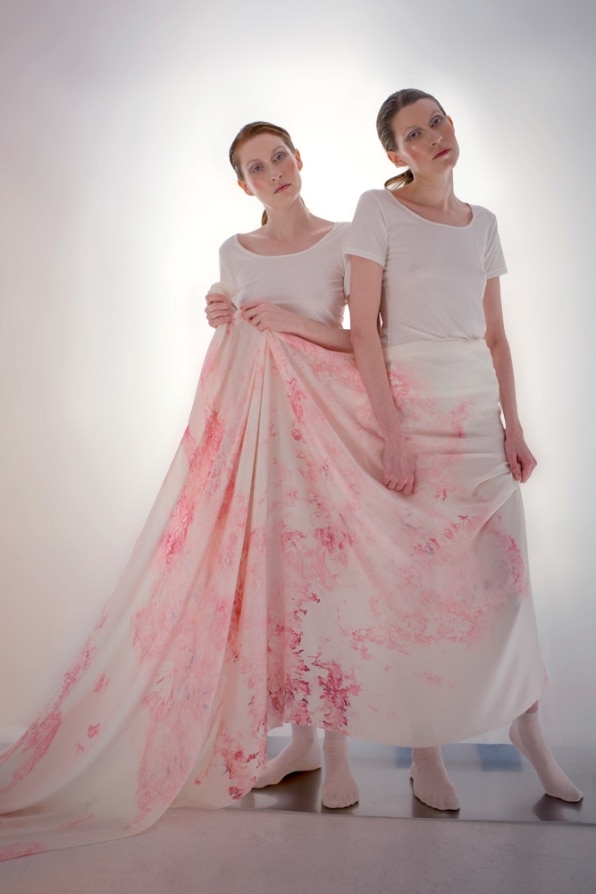
Though Chieza can’t yet name the companies, Faber Futures is now working with some forward-looking brands to test how microbes can be integrated into supply chains. The industry recognizes that it has a problem both with the chemicals and solvents used in dye and the amount of water that is used. Some companies have pioneered other solutions; a Dutch company called DyeCoo, for example, uses CO2 to dye fabric instead of water, in a closed-loop system with no waste. Now, Chieza says, some in the industry are beginning to consider bacteria as a new solution.
“They’re starting to look at how they produce and thinking what starts to solve for that,” she says. “For a long time, we’ve been talking about how biology can be a component of changing that ecosystem of manufacturing to make something that’s better. It’s only now that industry is really engaged.”
Bioengineering–using bacteria, algae, animal cells, or fungi–can also be used to make fabric itself. Modern Meadow, one startup, makes leather from lab-grown collagen. Bolt Threads biofabricates leather from mycelium, the root structure of mushrooms and grows synthetic spider silk in a fermenter. These processes could be combined with pigment-producing bacteria.
“I always say that the thing that’s going to make what we’re doing obsolete is potentially a silk that’s engineered to already be produced by this organism with color,” says Chieza. “That’s what’s really interesting is to start to think more broadly: If we are thinking about designing at that molecular scale, what can we build in from the beginning that negates a lot of the processes that we’ve been using in prior industrial revolutions to make things? It really opens up huge opportunity to rethink manufacturing, and to do so with sustainability at the core of how we’re building this technology.”
Fast Company , Read Full Story
(39)

